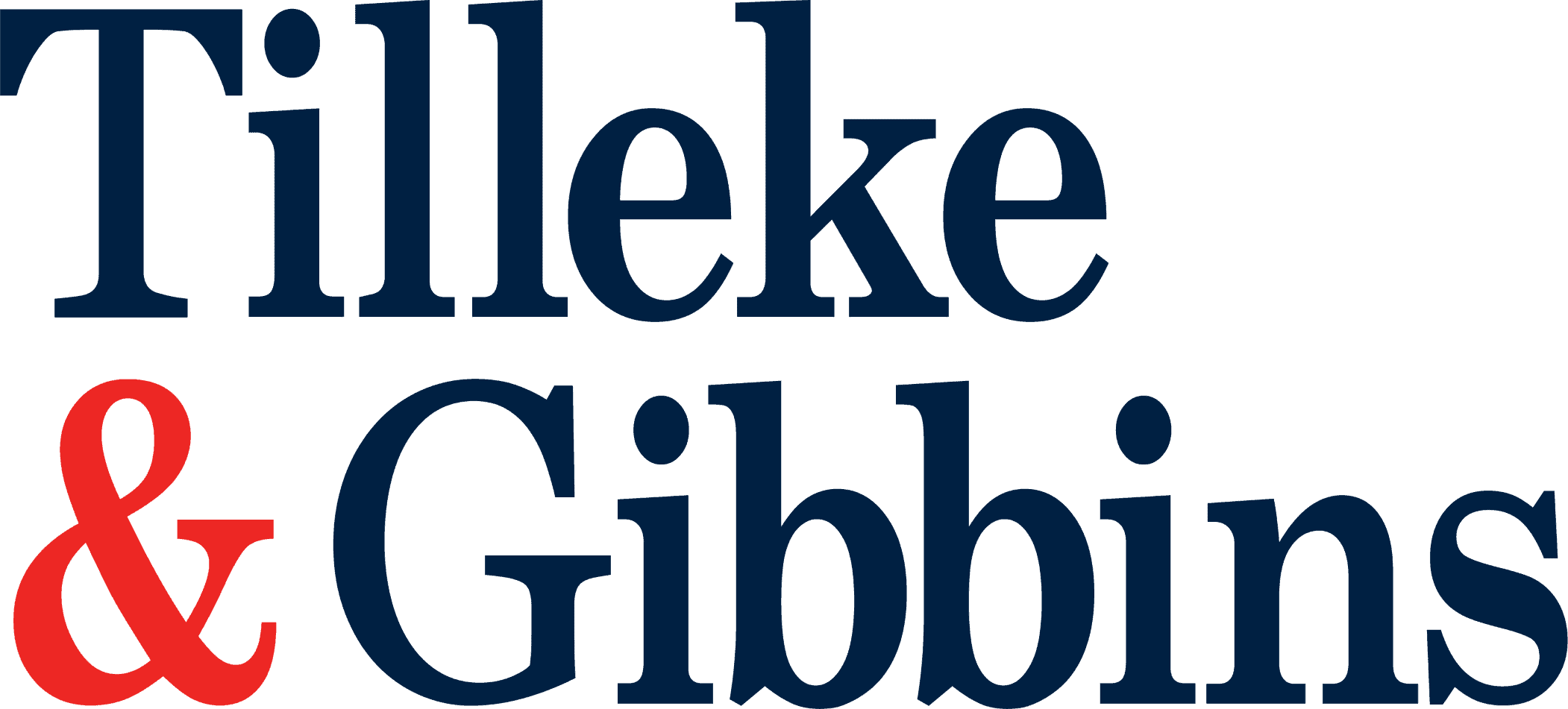
Since Myanmar opened its doors in 2011 and began to reengage with the rest of the global economy, many forward-thinking companies have been eager to enter the local market. Currently, however, there are no comprehensive IP laws in Myanmar, and the country’s limited IP regime is substantially outdated. For instance, the Copyright Act only recognizes work created in Myanmar by Myanmar nationals, and the Act itself dates back to 1911. The country’s draft trademark law, meanwhile, has been debated extensively for over ten years now, and despite undergoing several amendments, it has yet to be passed.
As the current situation stands, it should not be surprising that IP owners have faced numerous problems enforcing their IP rights in the country. It is quite common to see IP owners running into disputes with local distributors after successfully building a brand in the Myanmar market. Most commonly, the local distributor will infringe on an IP owner’s rights by creating its own brand that slavishly copies the main features of the original brand and then registering this new brand in Myanmar. It remains possible to record this type of confusingly similar trademark, without the legitimate IP owner becoming aware of it, as Myanmar does not yet have in place any type of examination process or trademark search process.
Existing Legal Regime
Despite the absence of a specific law governing trademarks, many brand owners have already taken steps to protect their trademark rights under Myanmar’s existing system by relying on the current Registration Act and recording their marks with the Office of the Registry of Deeds and Assurances. This interim system of protection allows an IP owner to protect a trademark by filing an application to record a Declaration of Ownership. When the Declaration of Ownership has been recorded, the trademark will be protected for three years from the date of registration.
There is no substantive examination stage for recordations, and so the recordation system allows for more than one owner to record ownership of the same mark. Following the recordation of the Declaration of Ownership, it is recommended that a Cautionary Notice of the registered mark be published in a local newspaper or in a periodical, to remind the public of the mark’s ownership and to warn against possible passing off or infringement. For the protection of a patent and/or design, an owner can follow a similar process by recording a Declaration of Ownership and subsequently publishing a Cautionary Notice with a local newspaper.
As stated above, however, it is not yet possible to conduct official searches, lodge oppositions, or file cancellation proceedings against trademark or patent applications before they are recorded in Myanmar. It is therefore possible for an identical trademark or patent to be recorded by more than one party. A rightful IP owner who wishes to remove registered similar or identical trademarks or infringing patents can file a civil suit to cancel such registrations with the court.
Trademark Enforcement
For civil prosecutions, actual commercial use of a mark in Myanmar is very important in proving who has a better right over a mark, because the Myanmar courts place significant weight on use to determine proprietorship over trademarks. In order to be persuasive, it will be necessary to show both the registration date of the Declaration and the date of first use of the mark in Myanmar. It is on this basis that the issue of better right will be decided by the court.
An IP owner can launch a civil suit against an infringer for trademark infringement under Section 54 of the Specific Relief Act to obtain a permanent injunction. In addition, the owner may claim damages caused by such infringement.
Under the Myanmar Civil Procedure Code, when a complaint is filed and the accused does not deny the allegation, this is deemed to be an admission, unless the accusation is made against a disabled person. This mechanism significantly expedites the civil procedure in trademark infringement cases. Intellectual property right infringement cases are handled by the Township/District/State Courts, the Regional Courts, or the Supreme Court based on the amount of compensation the plaintiff is seeking.
For criminal prosecutions, under Sections 482, 483, 485, and 486 of the Penal Code, trademark infringement is considered a criminal offense, for which both a fine and imprisonment can be imposed. The Merchandise Marks Act in the Penal Code prescribes the penalty for applying a false trade description. The court can confiscate all of the counterfeit goods and items used in the commission of infringement.
Draft IP Laws
Since 2012, the Myanmar government has issued numerous laws in support of business and investment, such as the Foreign Investment Law, the Media Law, the Consumer Protection Law, and the Printing and Publishing Law.
In an effort to shape Myanmar’s laws to meet international standards, several prominent international organizations responsible for IP, including the World Intellectual Property Organization, the ASEAN Intellectual Property Association, the Japan International Cooperation Agency, and the International Trademark Association, have been actively involved in the country’s legislative process.
According to various Myanmar-based news outlets, four draft IP laws are under consideration and will, at some point, be reviewed by parliament. These four laws relate to trademarks, patents, industrial designs, and copyrights.
To date, however, the patent, industrial design, and copyright drafts have not yet been disclosed to the public. The trademark bill, on the other hand, has been well publicized and is now in its eleventh draft. It is likely that the trademark law will be the first IP law to be enacted, although uncertainty remains about its timing. Previously, the trademark law was expected to come into effect in October 2013, but it was postponed to July 2014, and has now been delayed once again. This poses as a serious impediment for growing businesses and investments that need IP protection.
The Trademark Law’s Tenth Draft
As the eleventh draft of the trademark law has been kept confidential, the tenth draft—which remains subject to change as it proceeds through the legislative process—provides some guidance on what IP owners can expect from the country’s new IP regime.
The tenth draft of the trademark law provides protection for trademarks, service marks, collective marks, certification marks, licenses of registered marks, series of marks, sounds, smells, and touch marks, including geographical indications, trade names, and customs protection measures for registered marks, trade names, and well-known marks. In order to be deemed registrable, a mark must not fall under the following criteria:
- Lacking distinctiveness;
- Similar or identical to others’ registered marks or well-known registered marks;
- Misleading the public or trade circles;
- Using the name of plant varieties protected in Myanmar;
- Infringing others’ IP rights;
- Filed in bad faith; or
- In conflict with other restrictions as prescribed by the law.
Procedures Against Registration of Confusingly Similar Marks
The tenth draft of the trademark law sets out a clear process to prevent the registration of confusingly similar marks. After a trademark application has been examined and approved for registration by the Trademark Registrar, the mark will be advertised in a Trademark Gazette for opposition purposes. Opposition can be lodged against trademark applications during the publication period, thus providing trademark owners with an important tool to watch for any marks that are identical or confusingly similar to their own.
In the event than no opposition is filed during the publication period and a mark proceeds to registration, an interested person can file a cancellation action after the mark is registered. Grounds for full or partial cancellation of a trademark registration are as follows:
- The registered mark falls under any ground of unregistrable marks, as described in the law;
- The owner of the registered mark is not entitled to the registration; and
- The registration has been obtained by fraud, misrepresentation, or concealment of any prescribed point.
Term of Protection
Under the trademark bill, the term of registration for marks is ten years from the date the application was filed, and the protection is renewable every ten years thereafter. Applications for renewal of a trademark registration can be filed within six months prior to the expiry date. A grace period of six months from the expiry date can be requested, but this carries with it late fees.
Exclusive Rights
According to the tenth draft, the owner of a registered mark shall have the exclusive right, first, to prohibit and prevent a third party from using identical or similar marks for the same or similar goods or services in the course of trade where confusion may arise in the public. In case of the use of an identical symbol or sign for the same goods or services, confusion shall be presumed. Second, a trademark owner has the exclusive right to file litigation, in criminal and/or civil actions, against an alleged infringer.
Good Faith
The draft law carves out a possible defense against infringement based on good-faith use. The owner of a registered mark will not be entitled to prohibit a third party from using the mark in good faith for industrial or commercial purposes if such use involves:
- The owner’s name or address;
- Indications concerning kind, quality, quantity, intended purpose, value, geographical origin, time of production, or other characteristics of goods or services;
- Indications in respect of the intended;
- Purpose of accessories or spare parts; and
- The Ministry of Health may take measures to limit the use of marks for the purpose of facilitating the prescription of and the access to generic pharmaceutical products and medical devices, or for the purpose of discouraging the public consumption of goods that are deemed prejudicial to health, provided such measures do not unreasonably cause a detriment to the capability of the marks in question to distinguish goods of one undertaking from those of another undertaking.
Use Requirement
Non-use cancellation is available under the draft law. A registered mark is vulnerable to cancellation if the trademark owner fails to use the mark for three consecutive years, commencing from the date of registration, without any sufficient justification.
Future Progress
While waiting for the trademark law to take effect, many expect Myanmar’s IP office to be established in Naypyidaw, Yangon, Mandalay, and in other large cities where IP applications are expected to be submitted. Further regulations, announcements, and publications will be drafted in accordance with the trademark law in order to implement the trademark examination system, procedures, and formal document requirements.
Most importantly, however, the responsible authorities will need to clearly explain how the existing marks, which have previously been recorded at the Office of the Registration of Deeds and remain protected under an existing three-year term, will be treated during the process of transitioning into the new registration system under the trademark law. Once these core issues are settled—and the draft trademark bill is finally passed into law—Myanmar will be well on its way toward hosting a robust IP regime for investors.

